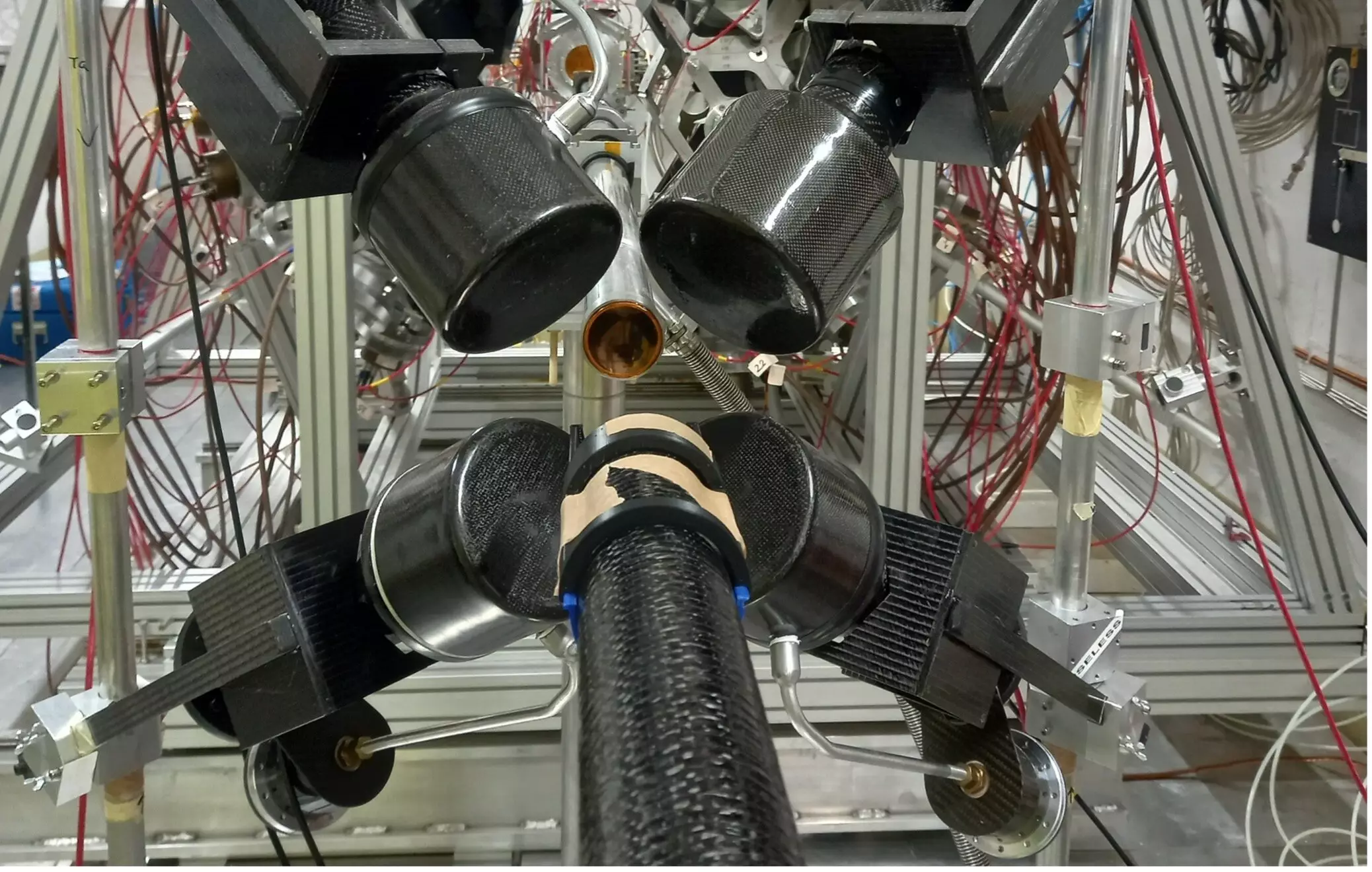Cerium, a rare Earth metal with various technological applications, has long been a subject of interest for scientists studying the synthesis of elements in stars. While cerium is scarce in Earth’s crust, it is relatively more abundant in the universe. Recent research conducted by the n_TOF collaboration at CERN has shed new light on how cerium is produced in stars, challenging existing theories and opening up new avenues for exploration.
The abundance of elements heavier than iron in stars, including cerium, has been attributed to two neutron capture processes: the slow (s) process and the rapid (r) process. The s process is thought to account for roughly half of the heavy elements in the universe, but discrepancies between theoretical models and observational data have prompted further investigation. The study at CERN focused on the nuclear reaction of cerium-140 with neutrons to produce isotope 141, a key step in the synthesis of heavy elements in stars.
The research led to the discovery of nuclear resonances in the energy range involved in cerium production, challenging previous assumptions about the process. The measurement of the reaction’s cross-section, with improved accuracy compared to previous studies, revealed significant differences from existing nuclear databases. These findings have important astrophysical implications, suggesting a 20% reduction in the contribution of the s process to cerium abundance in the universe.
The discrepancy between theoretical models and observational data, particularly in star clusters like M22, has raised new questions about the chemical composition of the universe. The need for a paradigm shift in cerium nucleosynthesis theory indicates the presence of unaccounted-for physical processes that play a role in stellar evolution. This has broad implications for our understanding of the chemical evolution of galaxies and the production of heavier elements in the universe.
The study of cerium synthesis in stars has revealed fascinating insights into the complexities of nucleosynthesis processes. The unexpected findings from the research at CERN challenge existing theories and point to the need for a reevaluation of our understanding of how heavy elements are produced in the universe. This opens up exciting new avenues for further exploration and discovery in the field of astrophysics.


Leave a Reply